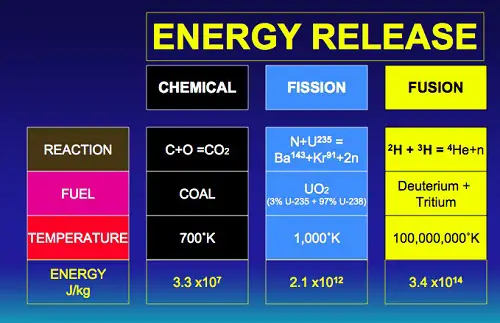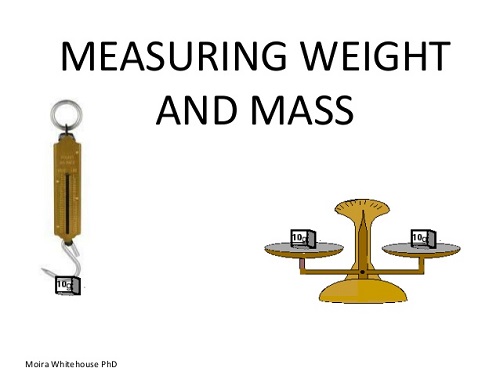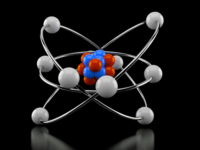
Why is Atomic mass a decimal?
Atomic mass is the total weight of a single atom that is comprised of the number of protons, electrons and neutrons. Most commonly expressed in unified atomic mass units such as Dalton, which carries the symbol Da or u. Atomic mass significantly refers to the mass of a certain singular atom that contains only one form of isotope at a time. Atomic mass is measured and can be directly compared from other masses of atoms with the use of mass spectrometry. This technique is an analytical form that measures the ration between an atom’s mass and charge among charged particles. This technique remains to the most reliable method in determining masses among existing types of atoms. Although there are defects among masses in atoms, the existence of atomic masses and its discovery have well contributed to the study of atoms and minute compositions of matter.
Similarly known as atomic weight, it was John Dalton who introduced such concept to the world, in which he defined such term to be the different quantities of the same element contained in different molecules. Observed in the periodic table of elements, atomic masses are presented in decimal form. The reason why atomic mass comes in decimal form is because it is the average of number charged particles contained in every single isotope of an element. Despite the same number of protons contained in atoms, there exist a varied number of neutrons that affect the weight of each isotope. Since atomic mass is the total number of protons, electrons and neutrons, the variable number of neutrons allows the decimal form to be utilized in expressing masses of atoms.
In the field of chemistry, atomic masses remain to be useful in further studying and analyzing mechanisms of atoms and elements.











Leave a Reply